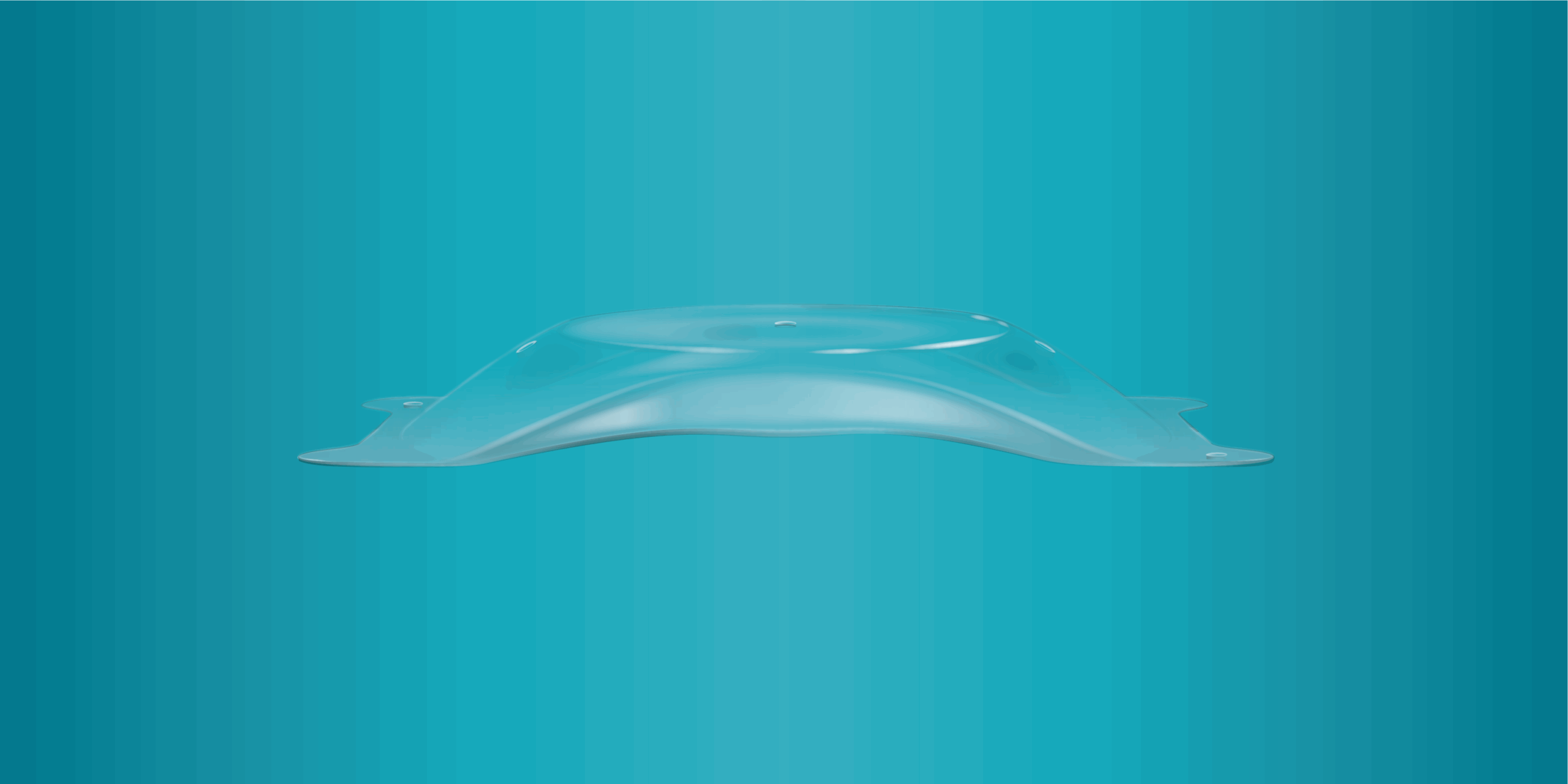Posted by: Manhattan LASIK Center
If you have decided to permanently correct your vision, but LASIK is not an option, it may be time to consider the EVO ICL. It is one of the latest and most advanced procedures to correct the vision of individuals with myopia and astigmatism.
While you may be familiar with how LASIK corrects vision, the EVO ICL procedure might be new to you. Keep reading to learn more about the EVO ICL, what happens during the procedure, and some of the advantages it offers.
What is EVO ICL?
The EVO ICL is an implantable Collamer lens. Among all vision correction options, it is most successful at correcting the vision of people with very high degrees of myopia (nearsightedness) and astigmatism, potentially ending their reliance on thick, “Coke bottle” glasses.
The lenses are made of Collamer, a proprietary, biocompatible material that is very thin and flexible. Its biocompatibility allows it to safely stay in your eye and is completely unnoticeable once implanted.
The EVO ICL is implanted within the eye behind the iris and in front of the natural lens of the eye. It corrects vision like a contact lens, but sits permanently in the eye and doesn’t need to be removed.
Because implantation of the Collmer lens does not reshape any corneal tissue, it is a less invasive option for correcting vision. It is also less likely to cause or worsen dry eye, a common side effect of other vision correction procedures.
A unique feature of the EVO ICL is that it can be removed or replaced if a patient’s eye prescription changes. This feature enables the EVO ICL to provide long-lasting and adaptable vision correction.
Who is a Good Candidate for the EVO ICL?
When deciding whether a patient is a good candidate for the EVO ICL, the following factors are taken into consideration:
Age
Good candidates for EVO ICL should be between the ages of 20 and 45, when vision is usually most stable.
Stable Vision Prescription
Regardless of a patient’s age, they must have had a stable eye prescription for at least 12 months to be considered for EVO ICL.
Type of Refractive Error
A suitable EVO ICL candidate has mild to severe myopia. The EVO ICL cannot correct farsightedness.
Healthy Eyes
Healthy eyes that do not show the signs and symptoms of eye conditions such as cataracts, glaucoma, and macular degeneration are a must for EVO ICL.
Overall Health
EVO ICL candidates should be in good overall health, with no underlying health conditions that could complicate the procedure or recovery.
Realistic Expectations
Realistic expectations about the potential outcomes of EVO ICL are crucial to overall satisfaction with the results.
What Happens During the EVO ICL Procedure?
Implanting the EVO ICL is an outpatient procedure that is typically performed in an eye surgeon’s office. The procedure itself takes approximately 20-30 minutes to complete.
After numbing eye drops have been applied, the procedure begins with the creation of a small incision on the surface of the cornea. This incision is used to insert and accurately position the Collamer lens for optimal vision correction.
The incision used to insert the EVO ICL is self-sealing and will heal naturally without the need for stitches. Because it is less invasive, the procedure has a very low risk of lasting side effects or complications.
Recovery times for the EVO ICL are often significantly shorter than for other vision correction procedures. While most patients experience hazy or blurry vision immediately after the procedure, many report noticeably clearer vision within a day or two.
What are the Advantages of the EVO ICL?
The EVO ICL offers several notable advantages to individuals seeking to eliminate the need for eyeglasses and contact lenses. These advantages include:
Superior Vision Outcomes
The EVO ICL has the potential to provide clear, crisp vision that surpasses what glasses or contact lenses can achieve.
Treats Higher Degrees of Myopia
Unlike LASIK or other vision correction procedures, the EVO ICL may be able to correct the vision of individuals with moderate to severe nearsightedness.
Corrects Astigmatism
Collamer lenses come in toric versions, which can accommodate the curve of eyes affected by astigmatism.
Preserves Corneal Structure
LASIK corrects vision by reshaping corneal tissue, which can affect the structure of the cornea, while the EVO ICL procedure has minimal impact on the cornea’s structure.
Reversible
The EVO ICL is the only reversible vision correction option, allowing lenses to be removed or replaced according to a patient’s changing vision needs.
Added UV Protection
The Collamer lenses offer built-in protection against harmful UV light.
Lower Risk of Dry Eye
The EVO ICL procedure doesn’t disrupt the corneal nerves, so it’s less likely to cause or worsen dry eye.
Maintenance-Free
While the EVO ICL corrects vision like a contact lens, it eliminates the time and expense associated with daily or monthly contact lenses.
Lasting Results
The unique features of the EVO ICL help it ensure lasting results, even if a patient’s vision prescription changes.
High Rates of Satisfaction
The EVO ICL enjoys high rates of satisfaction, with a majority of patients reporting positive experiences during the implantation procedure and its results.
With all the advantages it offers, it’s unsurprising that an increasing number of patients are opting to permanently correct their vision with the EVO ICL. Its ability to deliver clear, crisp vision, even to patients with high degrees of myopia, makes it an exceptional choice for lasting visual independence.
Do you want to learn more about the EVO ICL or determine if you might be a good candidate for the procedure? Schedule an appointment at Manhattan LASIK Center in Manhattan, NY, today!




